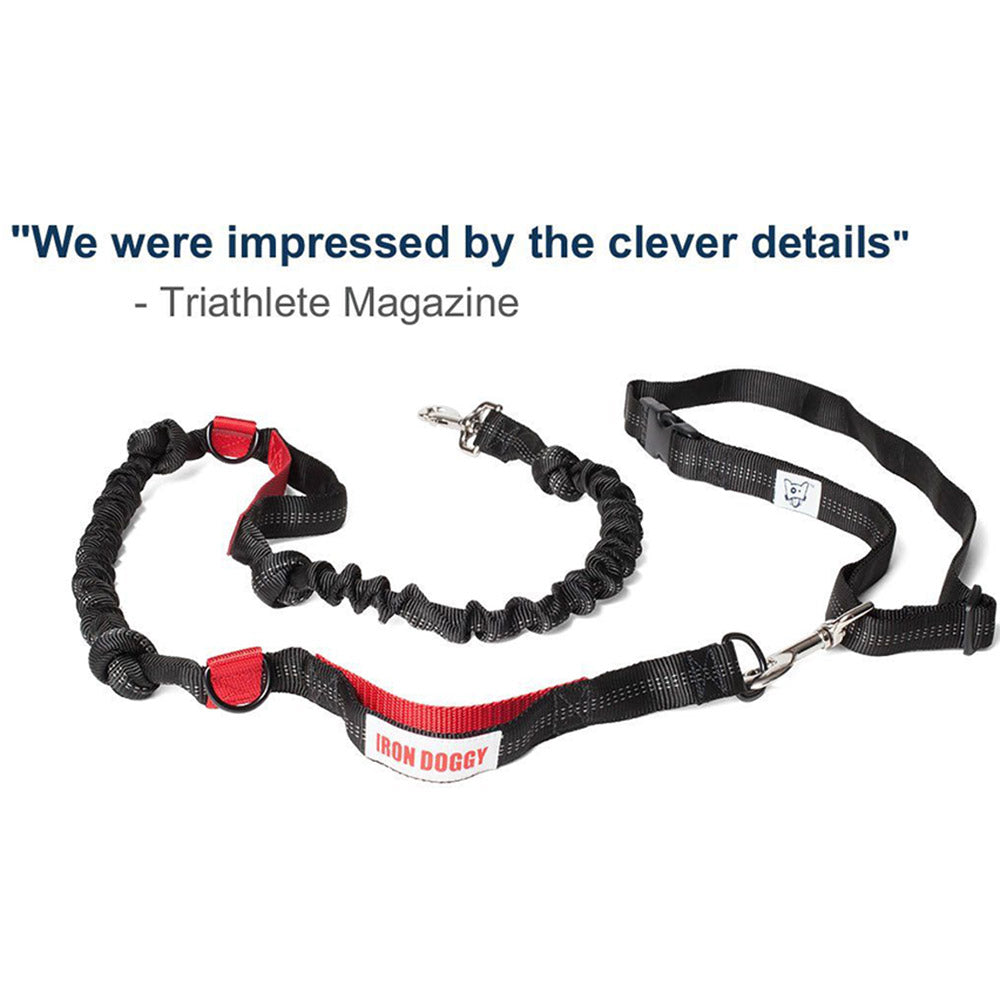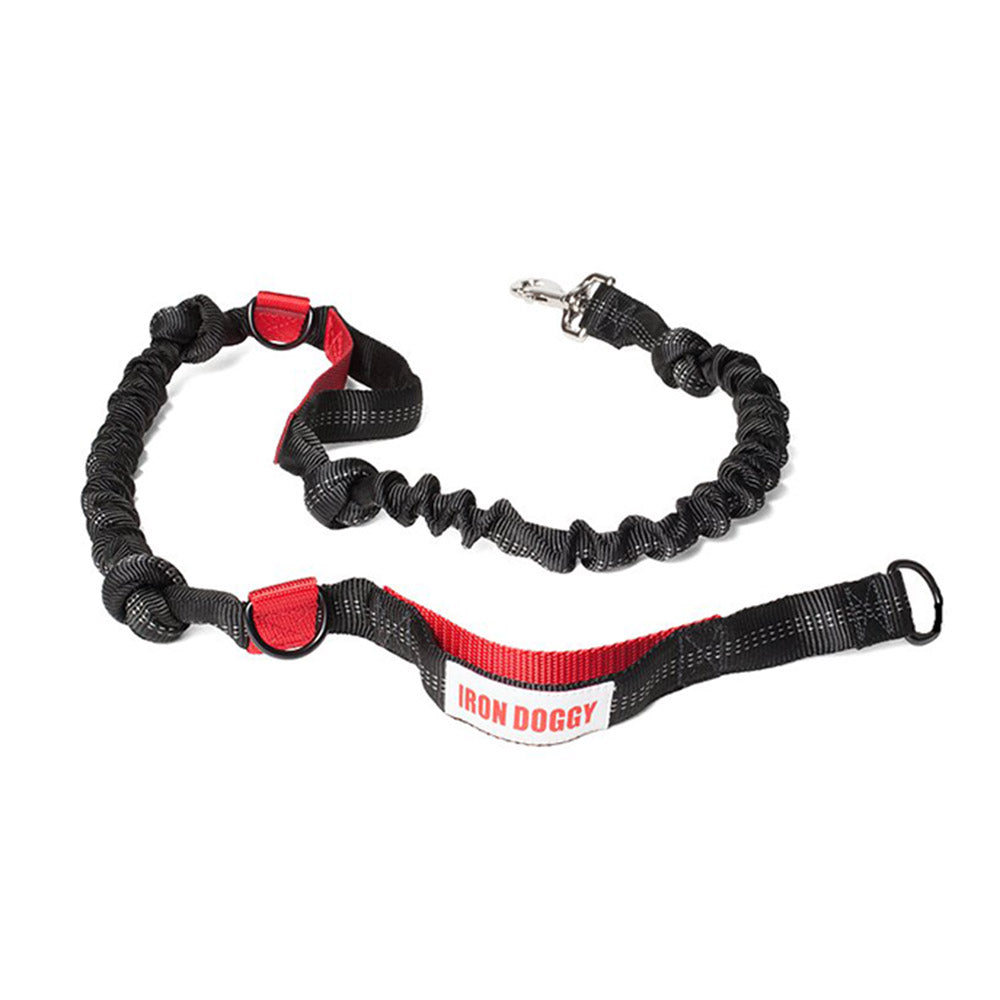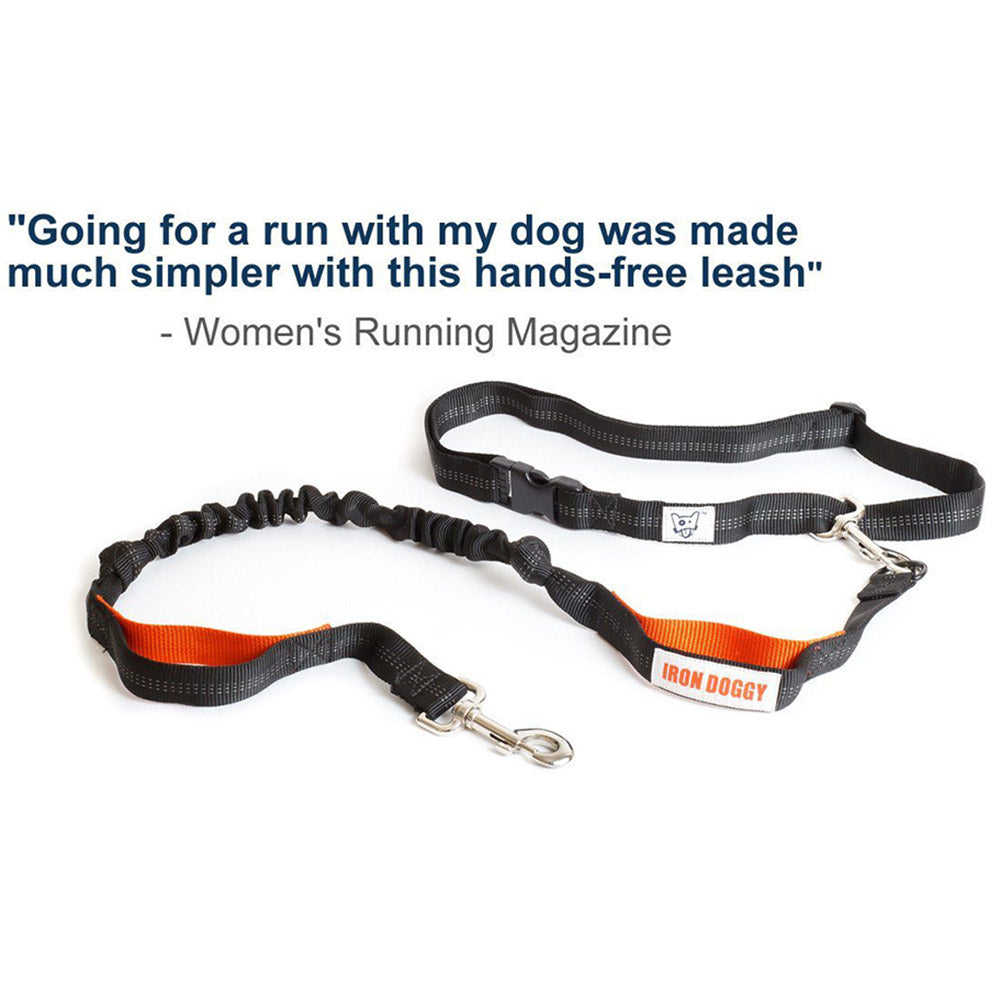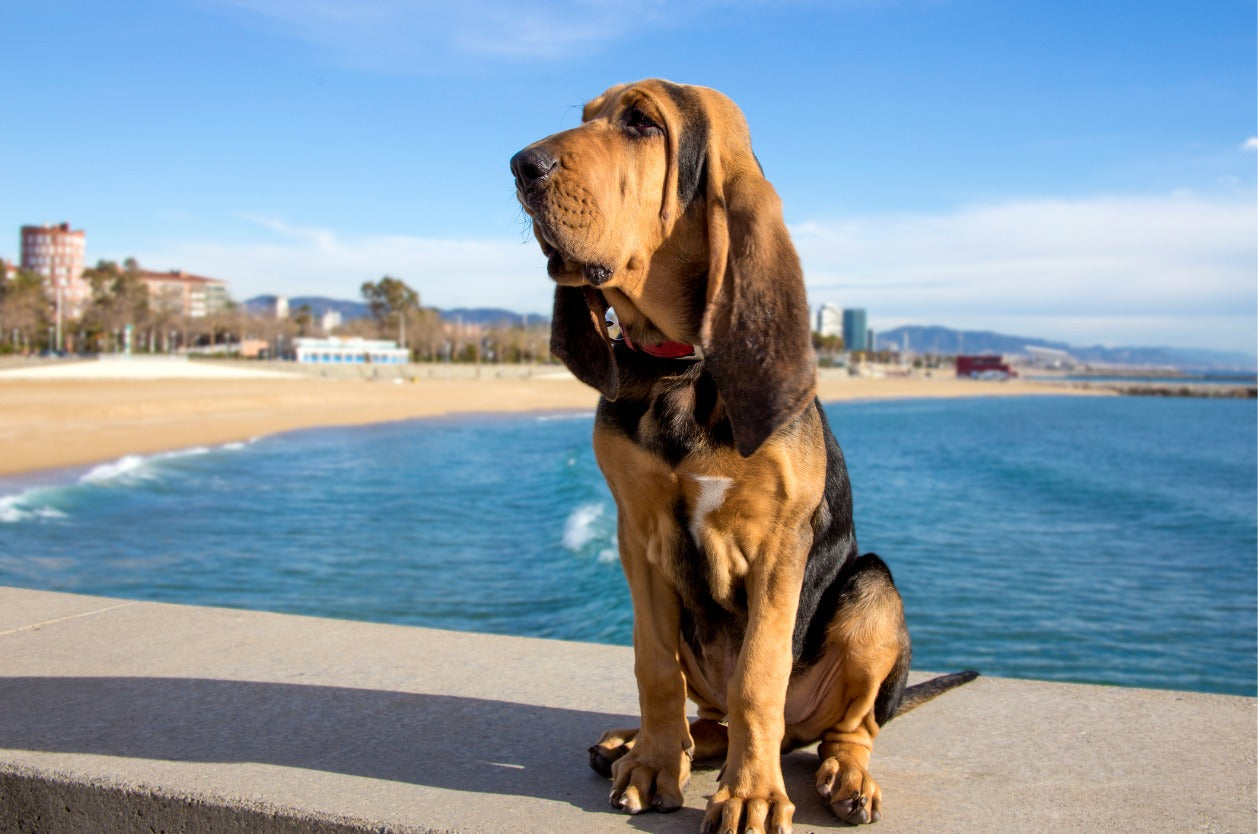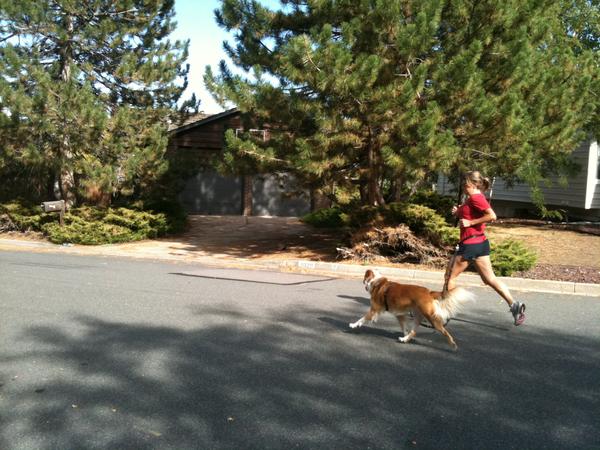
The venerable Edward Tufte once said “only two professions refer to their customers as ‘users’: computer designers and drug dealers." So, I take pause as I start to write this post about one of the discoveries we made while conducting a beta-test of our hands-free dog leash. That is, when it comes to dog leashes, a perfect match depends on the user; and when it comes to users, we discovered three distinct types:
1. The Alpha

Do you have a big dog that is five times as strong as you, and also loves to chase squirrels? Good reason to be an alpha. However, we see people with smaller more sedate dogs falling into this category too. If you know a lot about dog training and obedience, it’s very likely you will have strong alpha tendencies when it comes to your doggy.
How can you spot one? Alpha's make their dogs heel nearly all of the time. They absolutely will not, and can't, tolerate the dog pulling. The dog is only allowed to move when the person moves. So, the need for the leash to lessen impact of pulling does not exist. Since they need to be able to maintain control over their dogs at all times, alpha's only need a very short leash. In fact, in situations where the dog might lunge or pull, they need to hold the dog even closer to the collar. Alpha's like their leash to feel substantial, and they want heavy-duty components that won’t break.
2. The Companion

Is your doggy a marshmallow? Gentle, kind, couldn’t care less about rabbits or squirrels? If so, you are likely to fall into the companion category. However, people with low-energy, non-aggressive dogs aren’t the only ones who have this leaning. If you haven’t had much experience or training in dog obedience, it’s very likely you play the role of companion.
Most people I see fall into this category. They certainly don’t care if their dog heels or walks in front, behind, or a combination of the three. Companions accept that the dog might pull at times, it’s just the way it is. Because of this, they like something in a leash to lessen the impact of the dog pulling. They also like the concept of a hands-free leash, as it is easier to control the dog using their hips instead of their upper-body strength. Hands-free also serves as an excellent back-up plan for those occasions where they might accidentally let go of their leash. Having a short leash is certainly not a priority consideration. In fact, it’s the companion who is most likely to be a fan of a retractable leash reaching lengths up to 26′.
3. The Runner

OK, the runner is not too hard to spot. They are going faster than everyone else. While runners will have alpha or companion tendencies, they also have some special needs. While they are running, they are less likely to be concerned with the dog heeling. Some runners, like those practicing Canicross, will have their dogs run out well ahead of them and even encourage their dogs to pull. However, certain conditions do call for the dog to run closer to the runner. Runners in the city or those who run on narrow trails, can’t let their doggy get too far away (or else they may wrap themselves around a sign post or tree). Runners who run under these conditions need to be able to get the dog close by quickly and comfortably keep them in that position for long periods of time. Another tricky aspect for the runner and their dog is that they don’t always run at the same pace, because of this they need something in a leash to lessen the impact of the pull. Runners especially like the hands-free leash because it helps them maintain proper running form. As you would suspect, runners tend to be concerned with the weight of the leash.
Making the Match
Finding the perfect dog leash depends more on the person at the top of the leash than the dog attached at the bottom. No judgment here – Do you need to have complete control over your pooch? Makes sense. Are you happy letting your doggy choose its own path? Go for it. Is your dog the one who is helping you meet your half-marathon training objectives? I totally get it. The important thing is to know that one size rarely fits all. To find the perfect leash you must understand the ‘user’, after that it’s a walk (or run) in the park.

